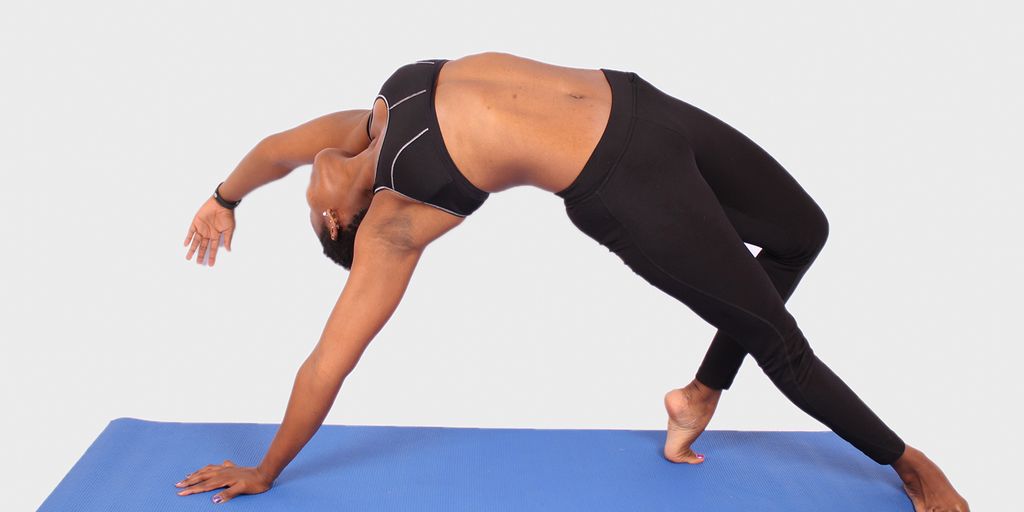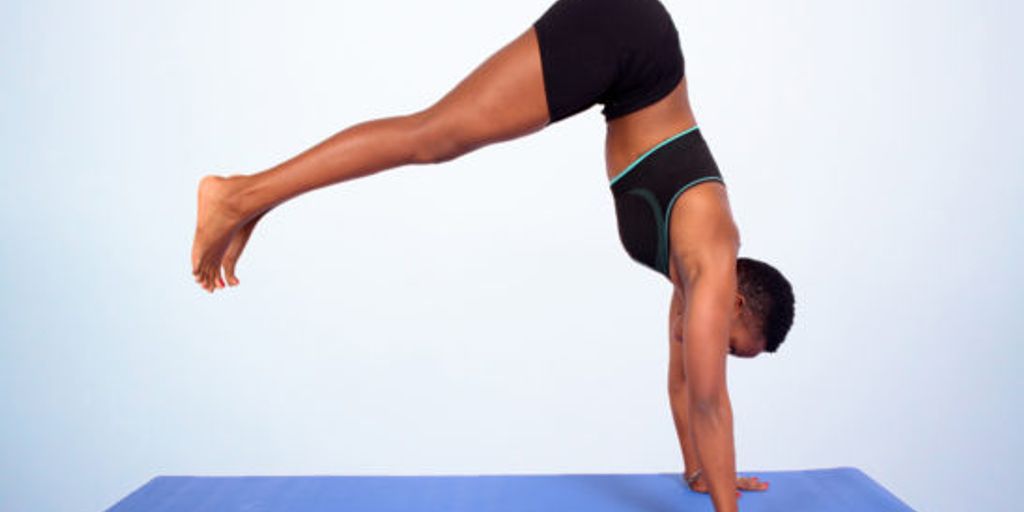
Finding the Best Yoga Mat for Beginners: A Comprehensive Guide
Starting your yoga journey can be both exciting and overwhelming, especially when it comes to choosing the right equipment. A good yoga mat is essential for ensuring comfort, safety, and an overall positive experience. This comprehensive guide will help you navigate through the various options and features to consider, so you can find the best yoga mat for beginners.
Key Takeaways
- A high-quality yoga mat can significantly enhance your practice by providing better support and stability.
- Look for mats made from durable materials like natural rubber, PVC, or TPE to ensure longevity.
- Thickness and cushioning are crucial for comfort, especially for beginners who might need extra support.
- Eco-friendly options are available for those who are environmentally conscious, with many brands offering sustainable materials.
- Budget-friendly mats can still offer good quality, but it's important to balance cost with features to find the best value.
Understanding the Importance of a Good Yoga Mat
A good yoga mat is essential for anyone starting their yoga journey. Using a yoga mat during asanas is highly beneficial. Here's a comprehensive exploration of why using a yoga mat during your practice is essential.
Key Features to Look for in a Beginner Yoga Mat
Material and Texture
When selecting a yoga mat, the material and texture are crucial. Different materials offer varying levels of comfort, durability, and grip. For beginners, it's essential to find a mat that provides a balance between softness and firmness to support various poses.
Thickness and Cushioning
The thickness of a yoga mat can significantly impact your practice. Thicker mats offer more cushioning, which can be beneficial for those with sensitive joints. However, they may also be less stable for balance poses. Standard thickness options range from 1/16 inch to 1/4 inch, with thicker mats providing more comfort but less portability.
Grip and Stability
A good yoga mat should offer excellent grip and stability to prevent slipping during practice. This is especially important for beginners who are still mastering their poses. Look for mats with a non-slip surface to ensure safety and enhance your practice.
Choosing the right yoga mat can make a significant difference in your practice, providing the comfort and support needed to progress effectively.
Top Materials for Yoga Mats
Natural Rubber
Natural rubber is a popular choice for yoga mats due to its eco-friendly nature and excellent grip. These mats are often made from sustainable materials and provide a good balance of cushioning and stability. However, they can be heavier and may have a distinct smell initially.
PVC
PVC mats are known for their durability and affordability. They offer a high level of cushioning and are easy to clean. On the downside, PVC is not biodegradable, which raises environmental concerns. If you're looking for a budget-friendly option, PVC mats are worth considering.
TPE
TPE (Thermoplastic Elastomer) mats are a newer option that combines the benefits of both natural rubber and PVC. They are lightweight, non-toxic, and provide excellent grip. TPE mats are also recyclable, making them a more eco-friendly choice compared to PVC.
When choosing a yoga mat, consider the material that best suits your needs and values. Whether you prioritize sustainability, durability, or affordability, there's a mat out there for you.
How to Choose the Right Thickness
Standard Thickness Options
Yoga mats come in various thicknesses, typically ranging from 1/16 inch (1.5mm) to 1/4 inch (6mm). Standard mats are usually around 1/8 inch (3mm) thick, providing a balance between comfort and stability. Here's a quick comparison:
| Thickness | Description |
|---|---|
| 1/16 inch | Ultra-thin, travel-friendly, minimal cushioning |
| 1/8 inch | Standard, good for most practices, balanced cushioning |
| 1/4 inch | Thick, extra cushioning, less portable |
Benefits of Thicker Mats
Thicker mats offer more cushioning, which can be beneficial for beginners who may need extra support for their joints. They are particularly useful for practices that involve a lot of kneeling or sitting poses. However, keep in mind that thicker mats can sometimes compromise stability, making balance poses more challenging.
Considerations for Portability
When choosing a yoga mat, consider how often you'll be transporting it. Thicker mats are heavier and bulkier, which can be inconvenient if you plan to carry your mat to and from classes. If portability is a priority, you might opt for a thinner mat or one specifically designed to be lightweight and easy to carry.
Finding the right thickness for your yoga mat is a balance between comfort, stability, and portability. Consider your specific needs and practice style to make the best choice.
Caring for Your Yoga Mat
Cleaning Tips
Regular cleaning is essential to maintain the hygiene and longevity of your yoga mat. Use a mild detergent mixed with water to wipe down your mat after each session. Avoid harsh chemicals that can degrade the material. For a deeper clean, you can occasionally soak your mat in a bathtub with warm water and a small amount of mild soap.
Storage Solutions
Proper storage can significantly extend the life of your yoga mat. Always roll your mat up loosely and store it in a cool, dry place. Avoid exposing it to direct sunlight for prolonged periods, as UV rays can break down the material. Using a yoga mat bag can also protect it from dust and dirt.
When to Replace Your Mat
Even with the best care, yoga mats don't last forever. Look for signs of wear and tear, such as thinning, fraying, or loss of grip. If you notice any of these issues, it might be time to invest in a new mat. Generally, a good-quality yoga mat should last between 6 to 12 months with regular use.
Taking good care of your yoga mat not only ensures a better practice but also extends the life of your investment.
Budget-Friendly Yoga Mats for Beginners
Affordable Options
Finding a budget-friendly yoga mat doesn't mean you have to compromise on quality. Many brands offer affordable options that provide excellent support and durability for beginners. Look for mats that balance cost with essential features like grip and cushioning.
Balancing Cost and Quality
When shopping for a yoga mat, it's crucial to balance cost and quality. A cheaper mat might save you money initially, but investing a bit more can lead to a better experience and longer-lasting product. Consider the material and thickness to ensure you're getting the best value for your money.
Where to Buy
You can find budget-friendly yoga mats at various retailers, both online and in-store. Popular options include:
- Amazon
- Walmart
- Target
- Local sporting goods stores
For beginners, finding the best yoga mat for your daily routine can significantly impact your practice and overall enjoyment.
Eco-Friendly Yoga Mat Choices
Sustainable Materials
When it comes to choosing the best yoga mat for beginners, opting for eco-friendly materials is a great way to support the environment. Natural rubber, jute, and organic cotton are popular choices that offer both sustainability and comfort. These materials are biodegradable and free from harmful chemicals, making them safe for both you and the planet.
Brands to Consider
Several brands are leading the way in producing eco-friendly yoga mats. Manduka, Jade Yoga, and prAna are well-known for their commitment to sustainability. These brands offer a range of mats made from natural and recycled materials, ensuring you don't have to compromise on quality while being environmentally conscious.
Environmental Impact
Choosing an eco-friendly yoga mat can significantly reduce your carbon footprint. Traditional PVC mats are not biodegradable and can take hundreds of years to decompose. In contrast, mats made from natural materials break down much faster and have a lower environmental impact. By making this choice, you're contributing to a healthier planet for future generations.
Opting for an eco-friendly yoga mat is a small but impactful step towards a more sustainable lifestyle.
Discover the best eco-friendly yoga mats that align with your values and enhance your practice. Our collection features sustainable materials and innovative designs to support your journey. Visit our website to explore our range and find the perfect mat for you.
Conclusion
Choosing the right yoga mat is a crucial step for beginners embarking on their yoga journey. With a variety of options available, it's important to consider factors such as material, thickness, texture, and price to find a mat that suits your individual needs and preferences. By understanding these key elements and trying out different mats, you can find the perfect companion to support your practice and enhance your overall yoga experience. Remember, the best yoga mat is one that makes you feel comfortable, stable, and motivated to continue your practice. Happy yoga!
Frequently Asked Questions
What thickness is best for a beginner yoga mat?
A thickness of 4-6mm is generally recommended for beginners as it provides a good balance of cushioning and stability.
How often should I clean my yoga mat?
It's advisable to clean your yoga mat after every few uses, especially if you sweat a lot during your practice. A deep clean once a month is also recommended.
Can I use a yoga mat for other exercises?
Yes, many yoga mats are versatile and can be used for other exercises like Pilates, stretching, and general workouts.
Are eco-friendly yoga mats more expensive?
Eco-friendly yoga mats can be more expensive due to the sustainable materials used, but there are budget-friendly options available as well.
What is the best material for a beginner yoga mat?
PVC is often recommended for beginners due to its durability and excellent grip, but natural rubber and TPE are also good options depending on your preferences.
How do I know when it's time to replace my yoga mat?
You should replace your yoga mat when it starts to wear out, lose its grip, or show signs of damage. This usually happens after a year or more of regular use.


